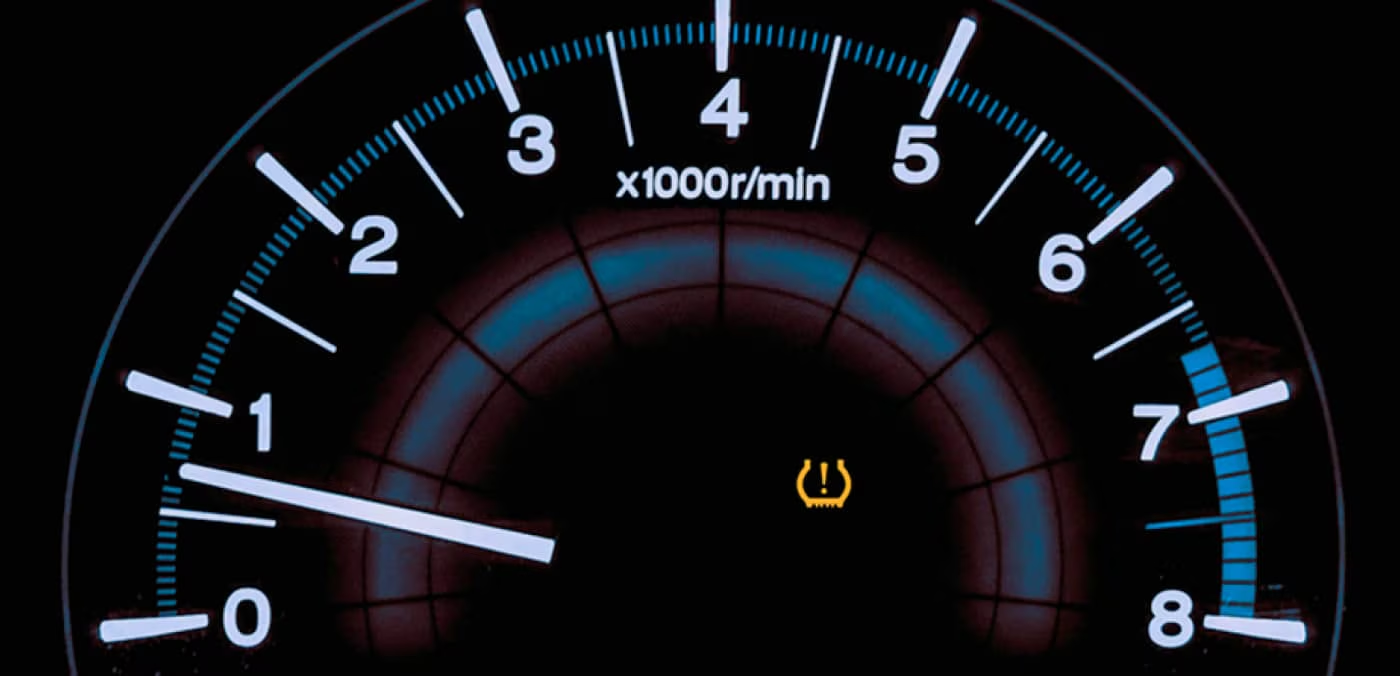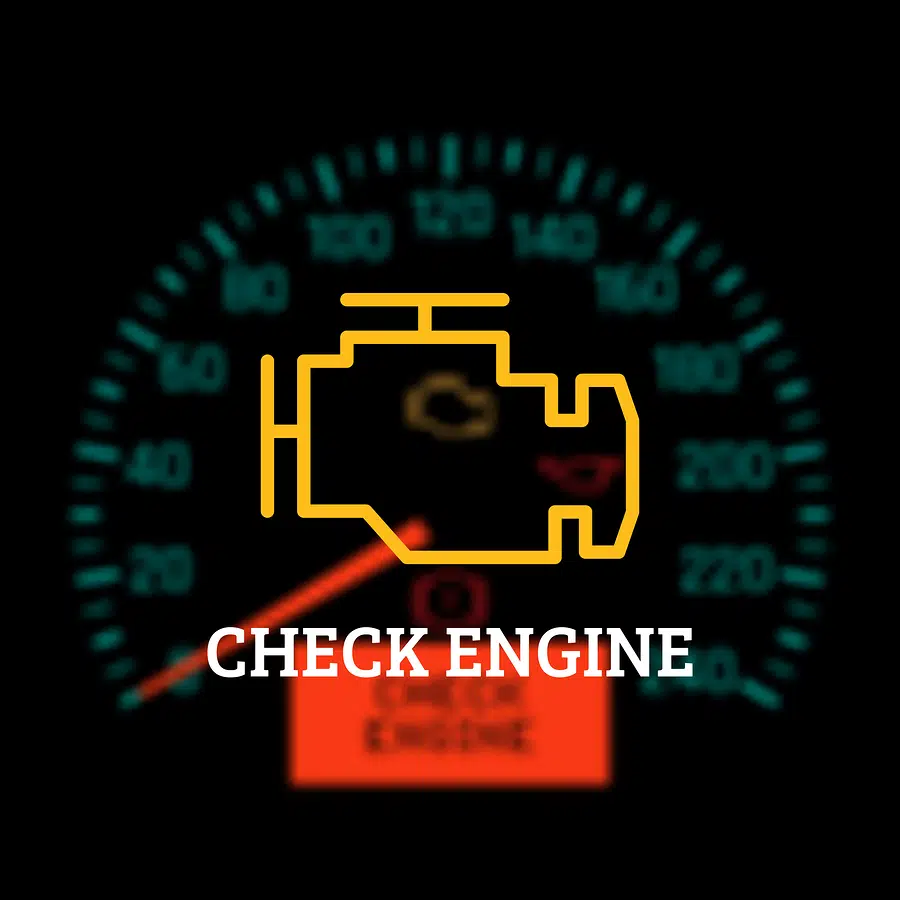Have you ever glanced at your dashboard and noticed a lone, illuminated yellow exclamation mark circled within a horseshoe? This is your car’s Tire Pressure Monitoring System (TPMS) light, and it’s trying to get your attention. But what exactly does it mean, and why shouldn’t you ignore it?

The Importance of Proper Tire Inflation
Car tires are more than just rubber rings – they’re crucial for safe driving. Properly inflated tires provide optimal handling, fuel efficiency, and tread wear. However, underinflated tires become more prone to blowouts, which can lead to accidents and property damage. Conversely, overinflated tires can decrease grip and handling, especially on wet roads.

What the TPMS Light Means
The TPMS light is a vital safety feature mandated on all new vehicles in the United States since 2007. It essentially acts as an early warning system for your tire pressure. When the light illuminates, it means the system has detected a significant pressure fluctuation (usually 25% or more below the recommended level) in at least one of your tires.
There are two main ways the TPMS light can behave:
Solid Illumination:
This is the most common scenario and indicates a sustained drop in pressure. It’s a clear signal to pull over and check your tire pressure as soon as possible.
Flashing Light:
This typically signifies a malfunction within the TPMS itself, such as a faulty sensor. While not an immediate safety concern, it’s still important to address this issue to maintain the system’s functionality.
What to Do When the TPMS Light Comes On
Here’s a step-by-step guide on what to do when your TPMS light illuminates:
-
Find a Safe Place to Pull Over: Don’t ignore the light and continue driving. Locate a safe spot to pull over as soon as possible.
-
Consult Your Owner’s Manual: Your car’s manual will specify the recommended tire pressure for your specific vehicle model. This information is usually located on a sticker inside the driver’s door jamb or glove compartment.
-
Invest in a Tire Pressure Gauge: A good quality tire pressure gauge is a valuable tool for any car owner. These are inexpensive and readily available at auto parts stores or online retailers.
-
Check Your Tire Pressure: Once you’ve identified the recommended pressure, use the gauge to measure the pressure in each tire (including the spare).
-
Inflate or Deflate as Needed: If a tire is underinflated, carefully add air using an air pump at a gas station or service center. Conversely, if a tire is overinflated, slowly release air by pressing the valve stem with the gauge or a valve stem tool.
-
Reset the TPMS Light (if necessary): Some vehicles require manually resetting the TPMS light after adjusting tire pressure. Refer to your owner’s manual for specific instructions on how to do this for your car. However, in many modern vehicles, the light will automatically reset after driving for a short distance once the correct pressure is reached.

Additional Tips for Maintaining Proper Tire Pressure
- Check your tire pressure regularly: It’s recommended to check your tire pressure at least once a month, especially before long trips.
- Temperature fluctuations can affect pressure: Remember that tire pressure can fluctuate with temperature changes. So, it’s wise to check your pressure when the tires are cold (not driven for several hours).
- Don’t forget the spare: The spare tire also needs to be properly inflated. A flat spare can be just as inconvenient as a flat on one of the driving tires.
When to Seek Professional Help
If you’ve checked your tire pressure and adjusted it accordingly, but the TPMS light remains on, it might indicate a more serious issue like a damaged tire or a malfunctioning sensor within the TPMS. In such cases, it’s best to consult a qualified mechanic for further diagnosis and repair.

Checking tire tread depth regularly
- Reduced Traction: As tires wear down and lose tread depth, their ability to grip the road diminishes. This can be especially dangerous in wet or snowy conditions, increasing the risk of hydroplaning and compromised handling.
- Increased Stopping Distances: Worn tires require a longer distance to come to a complete stop. Regularly checking tread depth ensures you have sufficient stopping power for unexpected situations.
- Legal Requirements: Most countries have minimum legal tread depth requirements. Failing to meet these requirements can result in fines and may render your car unsafe for operation.
Here are some tips for checking your tire tread depth:
- The Penny Test: This is a quick and easy method. Insert a penny head-down into a tire tread groove. If the top of Lincoln’s head disappears completely, your tread depth is likely above the legal limit (usually 2/32 inches in the US). However, a more precise measurement is recommended.
- Tread Depth Gauge: A dedicated tire tread depth gauge is a small, inexpensive tool available at auto parts stores. It provides a more accurate measurement compared to the penny test. Simply insert the probe into the tread groove and read the depth displayed on the gauge.
- Built-in Tread Wear Indicators: Many tires have built-in tread wear indicators molded into the grooves. These are small rubber bars that become level with the tread surface when it reaches the minimum safe depth. If you see these bars exposed, it’s time to replace your tires.
By incorporating regular tire tread depth checks alongside monitoring your TPMS light, you’re taking a proactive approach to ensuring your tires are safe and performing optimally.
Monitoring TPMS functionality periodically
There are a few limitations to directly monitoring TPMS functionality itself. The TPMS system is designed to be self-diagnostic, meaning it should alert you if there’s a problem with a sensor or the system itself. However, there are ways to indirectly check for proper TPMS function:
- Regular Tire Pressure Checks: This is the best way to catch any pressure issues before the TPMS light comes on. Checking pressure monthly, especially before long trips, ensures you’re aware of any slow leaks or pressure changes.
- Observe the TPMS Light: While a solid light indicates low pressure, a flashing light typically signifies a malfunction within the TPMS. If the light starts flashing unexpectedly, it could be a sign of a sensor issue.
- Consult Your Owner’s Manual: Some vehicles have built-in diagnostic tools accessible through the dashboard menu. Your manual will detail how to access these features, if available, which might provide information on TPMS sensor health.
- Schedule Routine Maintenance: During regular maintenance appointments, mechanics can often check for any TPMS system trouble codes stored in the car’s computer.
Remember, while directly monitoring TPMS functionality may be limited, these indirect methods can help you stay informed about potential issues.

By understanding your car’s TPMS and taking proactive steps to maintain proper tire pressure, you can ensure safer driving for yourself and your passengers. Remember, a little vigilance can go a long way in preventing roadside emergencies and costly repairs. So, don’t leave it to chance – pay attention to your TPMS light and keep your tires properly inflated for optimal performance and peace of mind.





